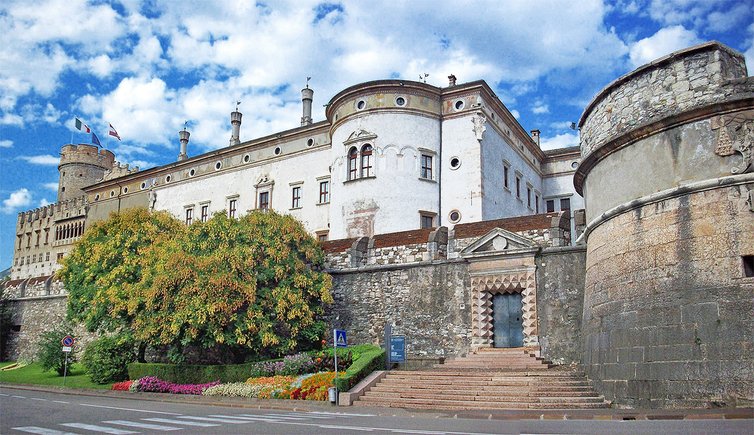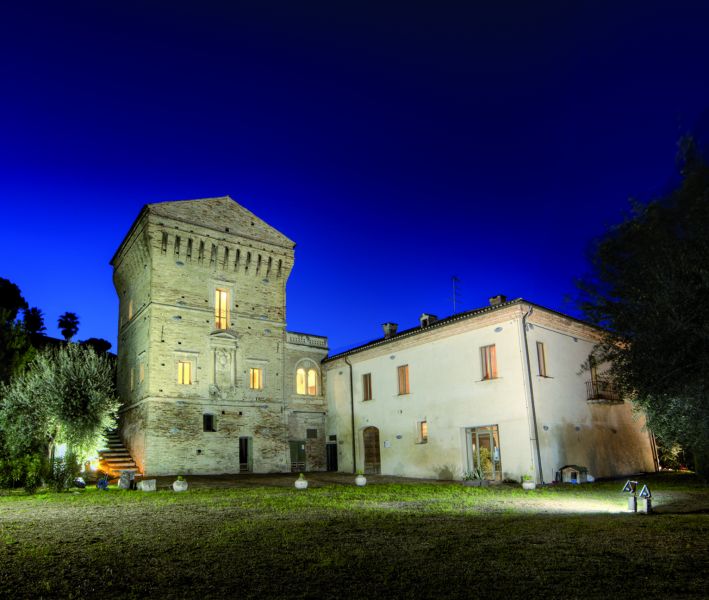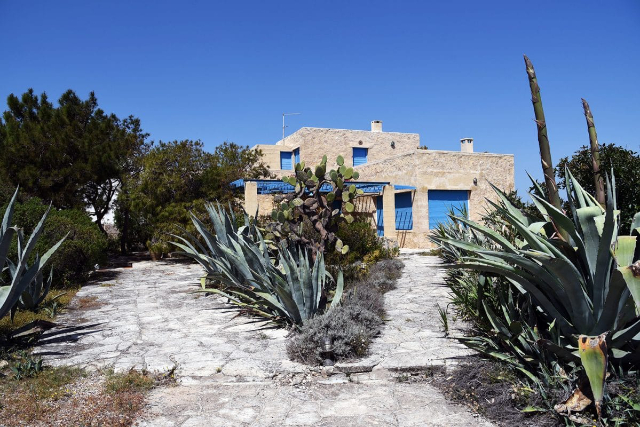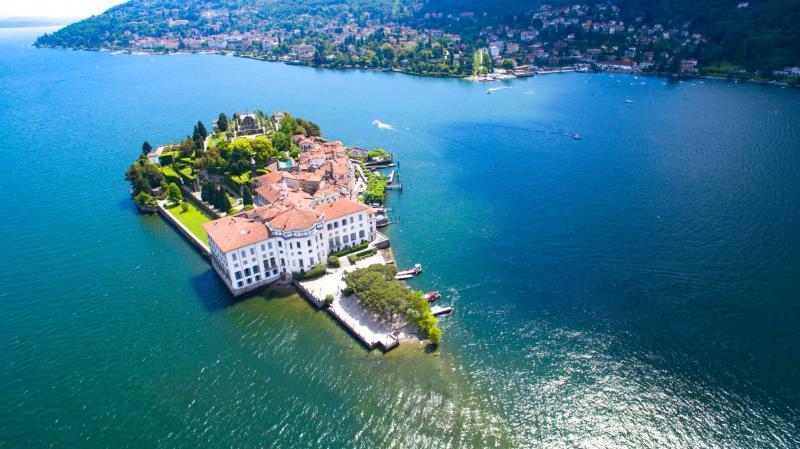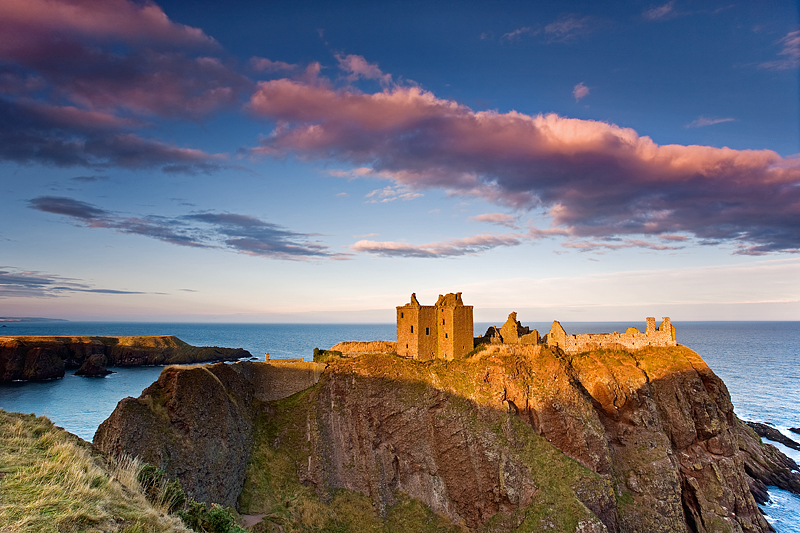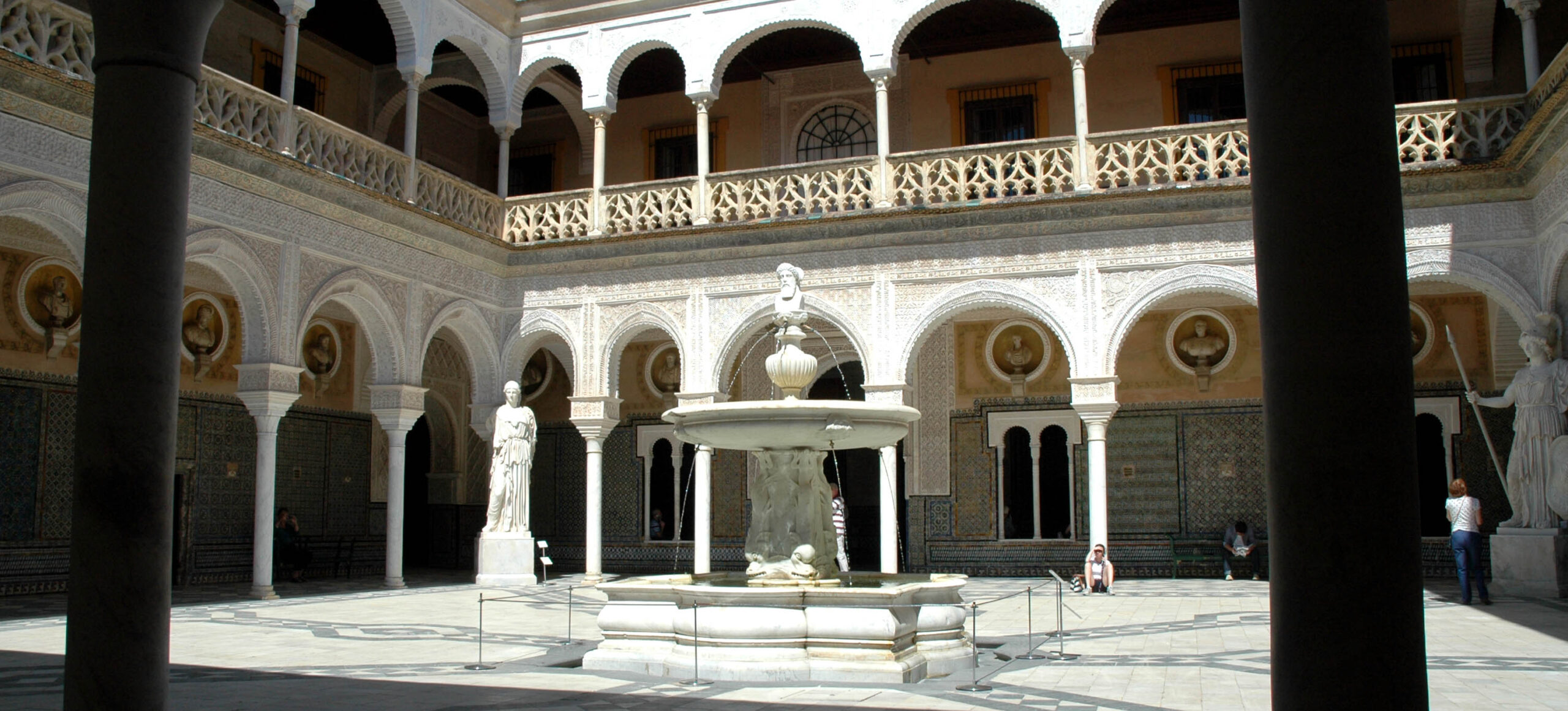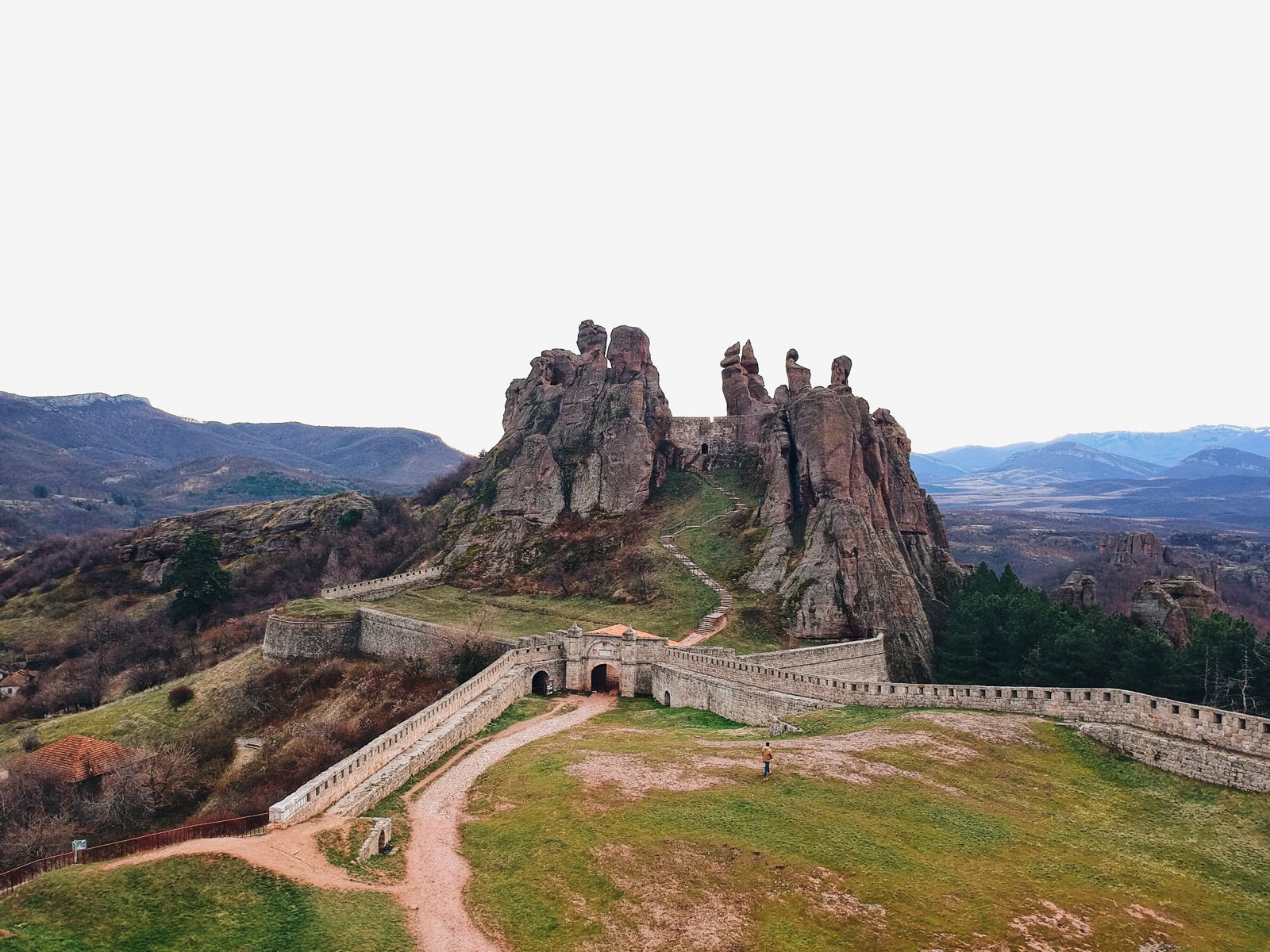Built between 1239 and 1255, it was the residence of the prince-bishops until the secularization of the episcopate in 1803.
It is composed of a series of buildings of different periods, enclosed within a wall in a slightly elevated position with respect to the city.
Today the castle is the seat of the homonymous Museum.
Castelvecchio is the oldest part of the Buonconsiglio Castle. The building, erected in the middle of the thirteenth century, incorporates the oldest cylindrical tower improperly called the Tower of Augustus. From 1255 to 1796 it was the residence of the prince-bishops of the city and the seat of the court council, the bishop’s governing body, hence the name "Buonconsiglio". Bishop Johannes IV Hinderbach (1465-1486) was responsible for the most important additions and embellishments: the Erker, the large polyphora in Venetian Gothic style, the crenellated gable and the large inner courtyard surrounded by loggias.
Grand Palace
Located close to the ancient city walls, it was the residence of Cardinal Bernardo Cles (1485-1539), who had it built next to Castelvecchio between 1528 and 1536, the year in which it was officially inaugurated. The painters Girolamo Romanino, Dosso and Battista Dossi and Marcello Fogolino are the authors of the admirable frescoed cycles that adorn most of the interiors. Italian craftsmen, especially from Veneto and Lombardy, alternated with northern ones in the management of the building site and in the execution of the furnishings of what is considered one of the richest princely residences in northern Italy. During the Council, Cardinals Cristoforo and Ludovico Madruzzo hosted high prelates and ambassadors in the castle and set up ceremonies and banquets in the Magno Palazzo and in the gardens.
Eagle Tower
Erected above the door of the same name, which opened in the city walls, putting it in communication with the Valsugana, the tower is mentioned for the first time in a document of 1290. Its current three-story structure is due to the intervention promoted at the end of the fourteenth century by Prince-Bishop Giorgio Liechtenstein. Elected in 1390, the bishop took possession of the tower – which belonged to the city – connecting it to the Castello del Buonconsiglio with a covered walkway and transforming it into a private residence for himself and his guests. To this end, he commissioned a Bohemian painter, Master Wenceslaus, to decorate the second floor with a cycle of frescoes depicting the Months, a jewel of the figurative culture of international Gothic.
